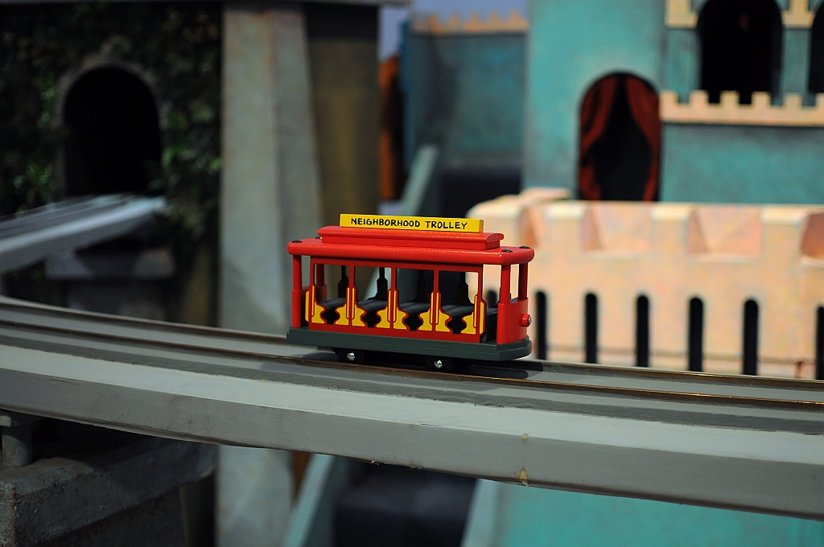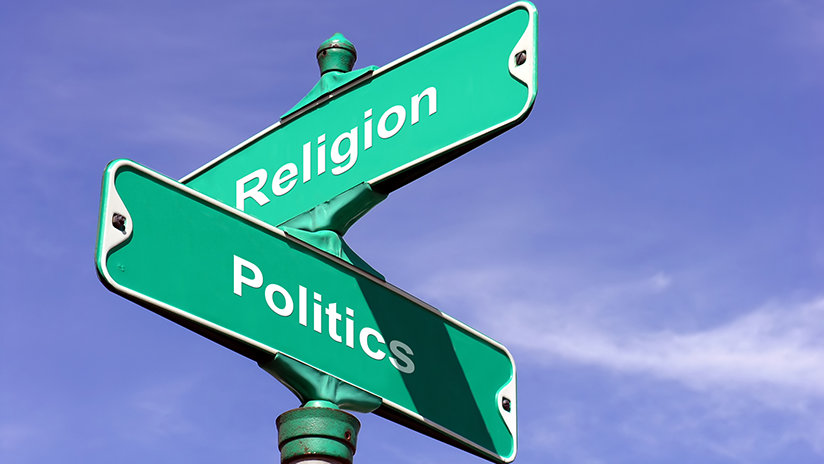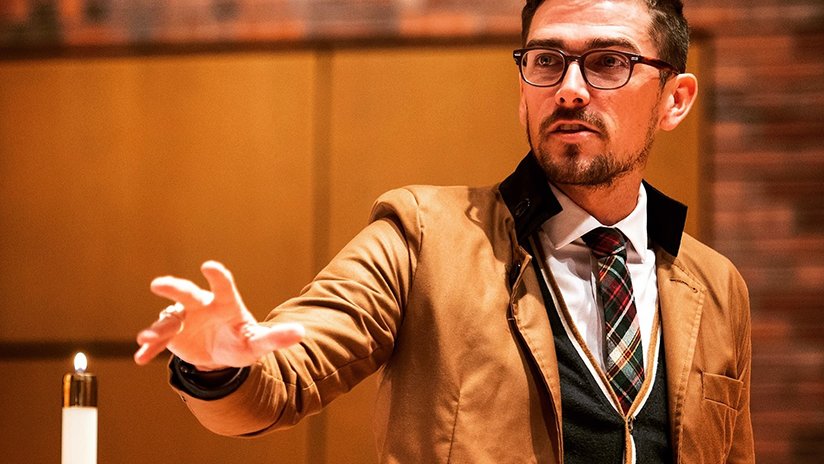
-
HOME
-
WHAT IS STANDOur Mission Our Values Our Help Contact
-
WHAT WE FIGHT FORReligious Freedom Religious Literacy Equality & Human Rights Inclusion & Respect Free Speech Responsible Journalism Corporate Accountability
-
RESOURCESExpert Studies Landmark Decisions White Papers FAQs David Miscavige Religious Freedom Resource Center Freedom of Religion & Human Rights Topic Index Priest-Penitent Privilege Islamophobia
-
HATE MONITORBiased Media Propagandists Hatemongers False Experts Hate Monitor Blog
-
NEWSROOMNews Media Watch Videos Blog
-
TAKE ACTIONCombat Hate & Discrimination Champion Freedom of Religion Demand Accountability
There’s Never Been a Better Time to Be a Good Neighbor
When I was very young, we lived somewhere so rural that our TV antenna on top of the house only picked up four television stations, and two of them were public broadcasting.
Are you old enough to remember that kind of antenna? They were huge, metal and sat on top of the house. Your dad might have even climbed on the roof to adjust it from time to time, like mine did.
Then we sold that house, moved to suburbia, and proceeded to move just about every year for more than ten years.
In each new place, I didn’t know a soul. About the time that I would make some friends, we’d move again.
I had one constant friend, though. One who had followed me since the metal antenna days: Fred Rogers.
Laugh if you want, but he seriously felt like a friend. He came in the door singing. He changed his sweater and his shoes. He fed the fish. He dog-sat for a neighbor, got mail delivered, and showed me all around his neighborhood. He invited me to join him, via his trolley, in a land of make-believe.

More importantly, he took the time to speak to me like I was really there, like I was a friend and an equal.
Now that I’m older and have my own children, I’ve had a chance to reflect on the impact Mr. Rogers had on my life. With the documentary, Won’t You Be My Neighbor? and the recent Tom Hanks’ portrayal in A Beautiful Day in the Neighborhood, I can see that we are experiencing a bit of national reflection on his influence.
Why?
Well, in my estimation it’s probably because we need Mr. Rogers as adults as much as we did as children.
Here are a couple of my top reasons why.
Lessons Learned in the Neighborhood
Mr. Rogers made everyone feel important.
There’s a huge difference between feeling genuinely important and cared for, and feeling a great deal of self-importance. Fred Rogers didn’t seem to have an ounce of self-importance. In fact, the one time that I met him, he didn’t even want to draw attention to the fact that he was there!
I was attending a concert at a college campus where Fred’s wife was the one performing. Like me, he was also just attending. She didn’t call him out or mention him. At some point I had the electrifying thought, “Mr. Rogers might be here watching her!” And there he was. Near the front and in a suit. I went up to him after the show and he asked me, “Did you enjoy the concert?” I was a child at an evening concert. In fact, I didn’t see any other children there. And for just one brief conversation he acted like I was the most important person in the world, just as he had done every day on his show.
I awkwardly told him I liked his teal sweater and he said it was a favorite of his as well.
But mainly he just complimented the concert and his wife and the fact that a young person like me would attend piano concerts on college campuses.
That was his way.

Whether he was baking pretzels or making crayons, he took interest in everything and that interest was contagious. An ordained Presbyterian minister, he took to the “ministry” of teaching young people rather than standing behind a pulpit. Through the magic of television he reached directly into our hearts and homes, arguably talking to many more of us than he ever would have from a lectern. What’s more, he truly “practiced what he preached,” which has always been the best form of proselytizing.
So what did it mean to be a good neighbor, as I took it from Fred Rogers?
- Take the time to communicate and listen to people.
- Show interest in others, no matter what they do.
- Take interest in the world around you (and you will find the smallest things can be incredibly fascinating).
- Use your imagination! There’s a whole other world there!
As an adult, I can also see how hard he must have worked, writing the music and script for every show, diligently filming each week. He filmed from 1968 until the year 2000, creating nearly 900 shows! I can also see, from my adult perspective, that his message of neighborliness inherently included respect for one another and excluded prejudice and bigotry.
As a child, and in my interactions with my own neighbors, I learned those core lessons from the Reverend Mr. Fred Rogers.
We Need Fred Now
A friend of my child’s recently asked me, “What was life like back in the 1900s?”
Once I recovered from my initial shock at the question, I realized that all school-aged children were born in the 2000s.
So I scared her a little with stories like how long-distance phone calls cost money and you could only call someone at home or at work, since there were no cell phones.
“But what if you were supposed to meet them somewhere?”
“You just had to be where you said you would be, when you said you would be there.”
“But what if someone was running late?”
“You pretty much had to wait for them. Or you’d find a pay phone and call their house, and if someone answered you’d find out how long ago they left.”
“What’s a pay phone?”
Yes, life was very different in the 1900s.
We didn’t know what a “selfie” was (and you waited for film to get developed before seeing your pictures). We didn’t have text messaging or acronyms like FOMO (fear of missing out), and if there had been a party to which we were not invited, we either found out about it at school, days later, or never found out. We certainly didn’t see pictures of everyone at the party we weren’t invited to posted all over social media.
“Social media” was knocking on doors to invite people to join you on a bike ride down to the creek to look for toads.
Yes, we’ve never been more connected.
And yes, with our connectedness, has come certain advantages (free long distance!) but I’ve also spoken to friends of my kiddos (in elementary and middle school!) who talk about anxiety, loneliness, and the feeling that other people’s lives “look better” than theirs.
What do I tell them?
There’s never been a better time to knock on a few doors. Have a conversation IRL (in real life). Be the kind of friend to young people that Fred Rogers was to all of us.
There’s never been a better time to be a good neighbor.









